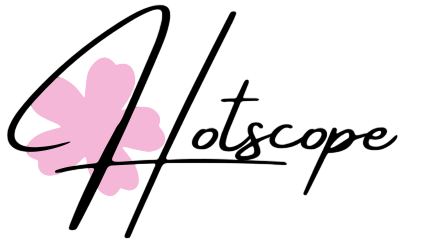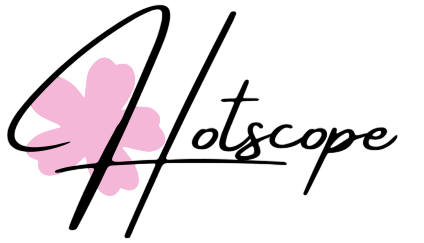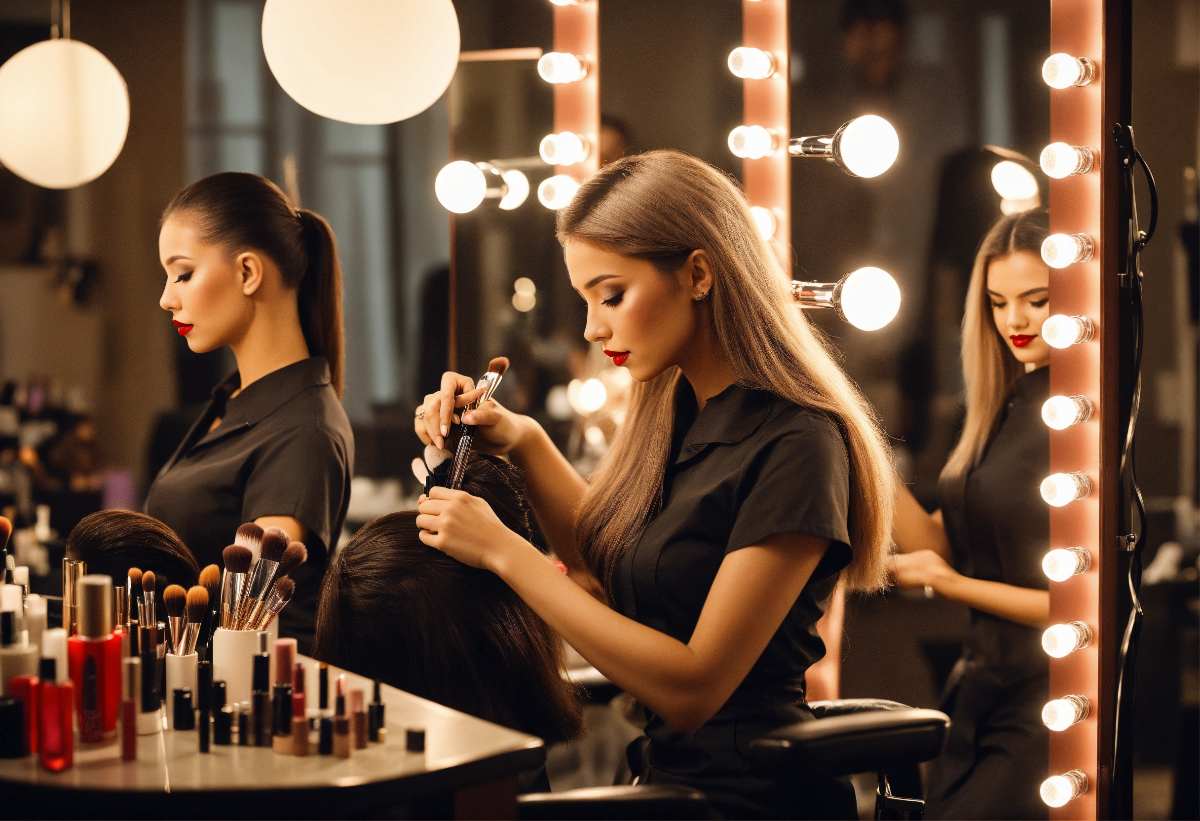Have you ever put on makeup and felt like your face was heavy or sticky? Or looked in the mirror and thought, “This doesn’t look like me”? You’re not alone. Many people want to wear makeup that enhances their natural beauty without feeling like they’re wearing a mask.
As a makeup artist with 15 years of experience working with celebrities and everyday clients, I’ve perfected techniques for creating what we call in the industry “no-makeup makeup.” This isn’t about wearing no products—it’s about using the right products in the right way so your makeup feels lightweight and looks natural.
Why Natural-Looking Makeup Matters
Natural-looking makeup has become more popular for good reasons:
- Comfort: Lightweight products feel better on your skin
- Time-saving: Simple routines are quicker to apply
- Skin health: Less heavy makeup means less clogged pores
- Authenticity: Your real features shine through
Choosing the Right Products
The foundation of natural-looking makeup starts with selecting the right products. Here’s what to look for:
Base Products
Tinted Moisturizers vs. Foundation
Traditional foundations often feel heavy because they contain more pigment and fillers. For a natural feel, try these instead:
- Tinted moisturizers
- BB creams
- Skin tints
- Serum foundations
My Expert Tip: I tell my clients to mix their regular foundation with a drop of face oil or moisturizer to sheer it out. This trick has saved many shoots when we needed a more natural look but only had full-coverage products on hand.
Concealers
Heavy concealers can crack and look obvious. For a natural finish:
- Choose lightweight, hydrating formulas
- Apply with a damp makeup sponge to thin out the product
- Focus only on areas that need coverage
Product Recommendation: Look for concealers with words like “radiant,” “hydrating,” or “serum” in their name.
Powder
Powder can be the biggest culprit in making makeup feel heavy. Here’s how to use it wisely:
- Apply only in your T-zone (forehead, nose, chin)
- Use a small fluffy brush for better control
- Try translucent or transparent formulas
Application Techniques That Make a Difference
The way you apply makeup matters just as much as what you use. These methods help create a seamless, natural finish:
Fingers vs. Tools
Different tools create different effects:
| Tool | Best For | Result |
|---|---|---|
| Fingers | Foundation, cream blush | Warms product, creates a skin-like finish |
| Damp sponge | Foundation, concealer | Sheer, natural coverage |
| Stippling brush | Liquid products | Lightweight, airbrushed effect |
| Fluffy brush | Powder products | Soft diffusion of color |
My Approach: I use my fingers for 80% of product applications for clients who want the most natural look. The warmth of your fingers helps makeup melt into the skin rather than sitting on top.
Layering Method
Building thin layers creates a more natural finish than one thick layer:
- Start with a tiny amount of product
- Blend thoroughly
- Let it set for 30 seconds
- Add more only where needed
“Stepping Back” Test
Many makeup artists use this trick:
- Apply your makeup up close to a mirror
- Step back 3 feet from the mirror
- Look at your face as a whole
- Notice any areas that look “made up.”
- Blend those areas more or remove excess product
Specific Techniques for Each Part of Your Face
Natural-Looking Foundation
The foundation is often the main reason makeup feels heavy. Here’s how to keep it light:
- Start by applying product to the center of your face, then gently blend it outward toward the edges.
- Leave some areas with minimal or no coverage
- Don’t take foundation all the way to your hairline
My Client Story: When working with a bride who hated the feel of foundation, I applied it only to her T-zone and cheeks, leaving her freckles and natural skin texture visible elsewhere. Her feedback was, “This is the first time I’ve worn foundation and forgotten I had it on.”
Concealer That Doesn’t Cake
Concealer is powerful but can look obvious. For a natural application:
- Dot product only on the darkest or reddest spots
- Wait 30 seconds before applying powder
Blush That Looks Like a Natural Flush
The right blush application mimics how your face naturally flushes:
- Smile and find the apples of your cheeks
- Apply blush slightly higher than you think you should
- Blend back toward your hairline
- Use cream formulas for the most skin-like finish
Pro Tip: After applying blush, go back with your foundation brush (with just the leftover product on it) and lightly go over the edges of your blush to soften any harsh lines.
Eye Makeup That Enhances Without Overwhelming
Natural eye makeup should open and define your eyes without looking “done”:
- Choose neutral shadows close to your skin tone
- Apply mascara to the roots of the lashes first, then lightly through the ends
- Curl your lashes for a wide-eyed effect without heavy makeup
Brows That Frame Without Dominating
Overly-done brows are an instant giveaway of a heavy makeup look:
- Fill in only the sparse areas
- Use light, feathery strokes
- Brush through with a spoolie afterward to remove excess product
- Try a tinted brow gel for the most natural finish
Lips That Look Naturally Fuller and More Defined
For lips that look enhanced but not obviously made-up:
- Apply balm first and let it absorb
- Fill in with liner before applying any lipstick
- Blot and apply one more thin layer
Common Mistakes That Make Makeup Look and Feel Heavy
Avoiding these common errors will help your makeup look and feel more natural:
- Not prepping skin properly: Without good moisturizer, products sit on top of the skin
- Using too much primer: A pea-sized amount is enough for your whole face
- Applying too much product at once: Start with less than you think you need
- Not blending at the jawline: Make sure to blend down your neck
- Setting your whole face with powder: Only powder where you get shiny
- Using makeup with the wrong undertone: If it doesn’t match your skin, it will always look obvious
Products Worth Investing In For Natural-Looking Makeup
Here are categories where spending a bit more may be worth it:
- Skin tints and lightweight foundations: These often have better formulations that truly feel weightless
- Setting sprays: These help makeup last while removing any powdery finish
- Cream blushes and bronzers blend smoothly into the skin, creating a subtle, natural look.
- Quality brushes: Good tools help apply the product more seamlessly
Tips to Make Your Natural Makeup Stay All Day
Light makeup can wear off faster, but these tricks help it last:
- Apply makeup in several thin layers instead of one thick coat for better staying power.
- Opt for a setting spray rather than using heavy powders to keep the skin feeling light.
- Carry a small makeup sponge to pat and refresh during the day
- Blot oil with paper instead of adding more powder
My Professional Secret: I tell clients to press (not rub) a clean tissue on oily areas before adding any touch-up products. This removes oil without disturbing makeup.
Removing Your Natural-Looking Makeup
Even lightweight makeup needs proper removal:
- Use a gentle cleanser or micellar water
- Take your time—even natural makeup can clog pores if left overnight
- Follow with your normal skincare routine
My 8-Step Routine for Truly Natural-Feeling Makeup
Here’s my go-to routine when I want makeup that feels barely there:
- Prep: Apply a lightweight moisturizer and let it fully absorb
- Base: Mix one pump of light foundation with a drop of face oil
- Concealer: Apply only where needed (usually under the eyes and around the nose)
- Set: Dust translucent powder only on T-zone with a small brush
- Cheeks: Tap cream blush on cheeks using fingertips
- Eyes: Curl lashes, apply brown mascara, and use a neutral shadow if desired
- Browse: Start by refreshing your face with a clear or lightly tinted gel.
- Lips: Apply tinted lip balm or sheer lipstick
Psychological Benefits of Natural-Looking Makeup
Wearing makeup that feels like your own skin can have surprising benefits:
- Increases confidence without making you feel like you’re wearing a mask
- Allows your real expressions to show through
- Removes the worry about makeup looking “obvious” or “overdone.”
- Helps you feel comfortable in your skin
Skin Preparation for Natural Makeup
- The most important part of natural-looking makeup is actually what happens before you apply any makeup at all. Good skin preparation makes your makeup feel lighter and more seamless.
- Start with gentle cleansing to remove any residue or oils on your skin. This gives you a clean canvas. Then, use a hydrating toner to restore your skin’s pH balance. Make sure to wait about five minutes for it to fully sink in before applying any makeup.
- After toning, apply a lightweight moisturizer matched to your skin type. If you have oily skin, use a gel moisturizer. For dry skin, use a cream formula.
- If you prefer a very natural look, you can skip using primer. However, if you want your makeup to last longer, pick a primer that targets your main skin concern. For example, use a mattifying primer only in your T-zone if you get oily there rather than all over your face.
- The final step in preparation is sunscreen. Physical (mineral) sunscreens tend to leave less shine than chemical ones.
- Good skin preparation means you’ll need less makeup overall. When your skin is properly hydrated and balanced, you don’t need to use as much product to create a smooth, even appearance. This means your makeup will automatically feel lighter and more comfortable.
- Many makeup artists say that when they work with clients who have a good skincare routine, they use about half the amount of foundation they would otherwise need. This is why professionals often spend more time on skin prep than on the makeup application itself.
- Remember that skin changes with seasons, stress levels, and age. Your preparation routine might need adjustments throughout the year. In winter, you might need more hydration, while in summer, you focus more on oil control and sun protection.
- If it feels tight or dry, your cleanser might be too harsh. If it feels greasy or not clean, you might need a different formula. The right cleanser leaves your skin feeling comfortable – neither tight nor greasy.
- Exfoliation is another important step in skin preparation, but it should be done carefully. Over-exfoliation can make your skin sensitive and cause makeup to look patchy. Choose gentle chemical exfoliants like lactic acid rather than harsh physical scrubs.
- Hydration comes not just from products but also from what you consume. Many makeup artists can tell when a client is dehydrated because their makeup doesn’t apply as smoothly, regardless of the products used.
- Use a dedicated eye cream to hydrate this area without causing puffiness. Apply it with your ring finger (which naturally uses less pressure) and let it absorb before applying concealer.
- Don’t rush your skin preparation. Each product needs time to absorb properly. If you apply makeup over products that haven’t fully absorbed, they’ll mix and can pill or look uneven. This is often why makeup can feel heavy or look cakey.
- Temperature affects how products perform on your skin. In very hot weather, give products more time to set before layering. In cold weather, warm products between your fingers before applying to help them blend more seamlessly into the skin.
- For extremely natural-looking makeup, consider using skincare-makeup hybrid products. These products offer subtle coverage while improving your skin over time. They often contain ingredients like niacinamide, hyaluronic acid, or vitamin C alongside their pigments.
- Some makeup artists recommend facial massage as part of skin preparation. Spending just one minute massaging your moisturizer or facial oil into your skin improves circulation and helps products absorb better. This creates a smoother canvas for makeup application.
- If you have very dry skin, consider using a facial oil before foundation. While this might seem counterintuitive, a single drop of oil pressed (not rubbed) into the skin can prevent the foundation from clinging to dry patches. Just be sure to let it absorb for a few minutes before applying makeup.
- Pay attention to your lips and eyelids during skin preparation. These areas often get neglected but can affect how your makeup feels and looks. Apply lip balm at the beginning of your routine, so it has time to absorb before lipstick. Similarly, a light eye cream on the lids can prevent eyeshadow from creasing.
- Finally, consider using a facial mist as the very last step of skin preparation. This adds a final layer of hydration and helps create a dewy, healthy look before you apply any coverage products. Look for mists with glycerin or hyaluronic acid for the most hydrating effect.
- Remember that good skin preparation is an investment in both how your makeup looks today and how your skin looks tomorrow. When you care for your skin properly, you’ll gradually need less makeup to create the appearance you want.
Final Thoughts
Natural-looking makeup isn’t about following strict rules—it’s about finding what makes you feel good. Experiment with these techniques and adjust them to fit your preferences. The best makeup is the kind you forget you’re wearing because it feels so comfortable and looks so much like you—just enhanced.
Remember that true beauty comes from confidence and caring for yourself. Makeup should be fun and make you feel good, not something that feels heavy or uncomfortable on your skin.





